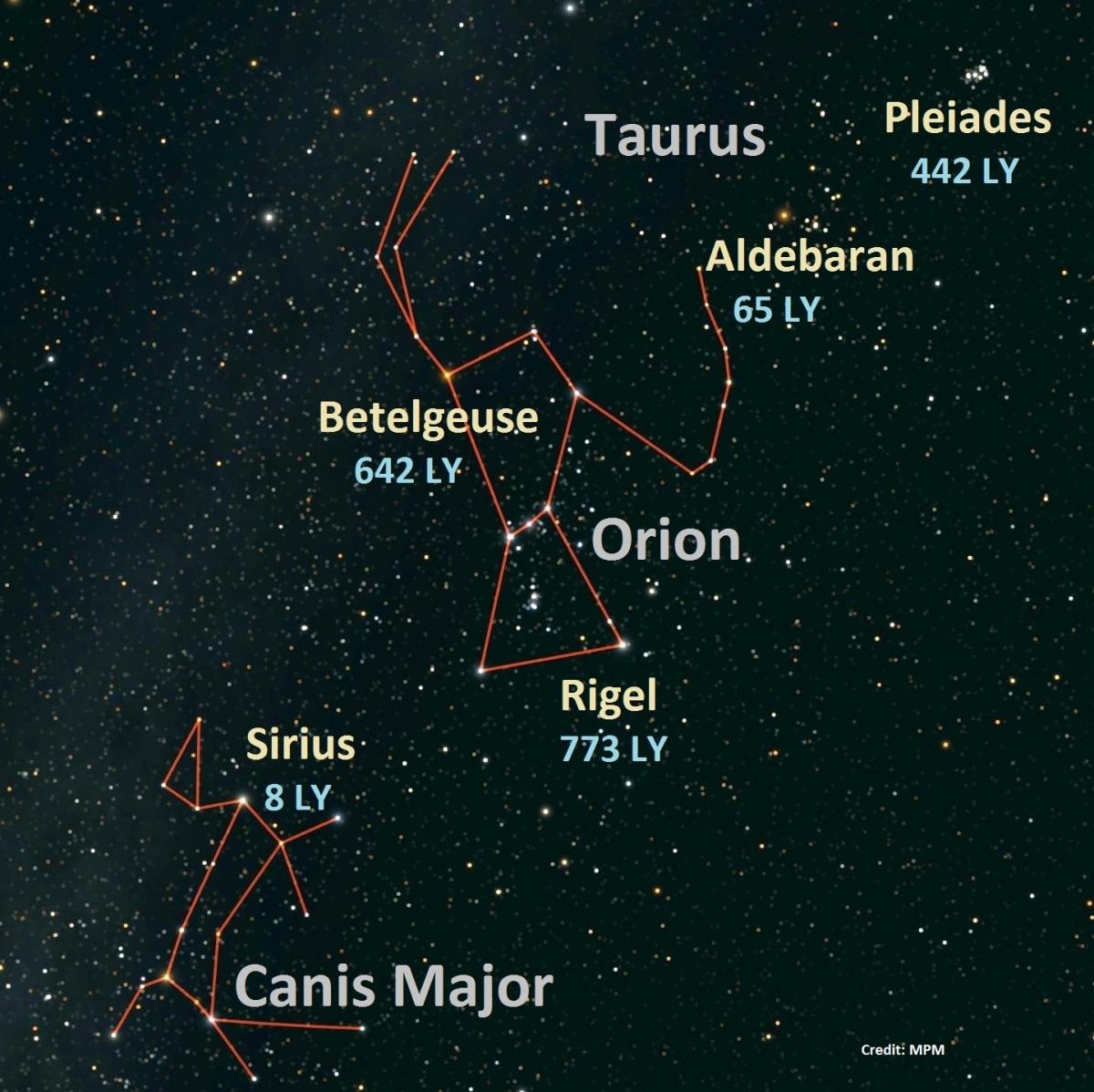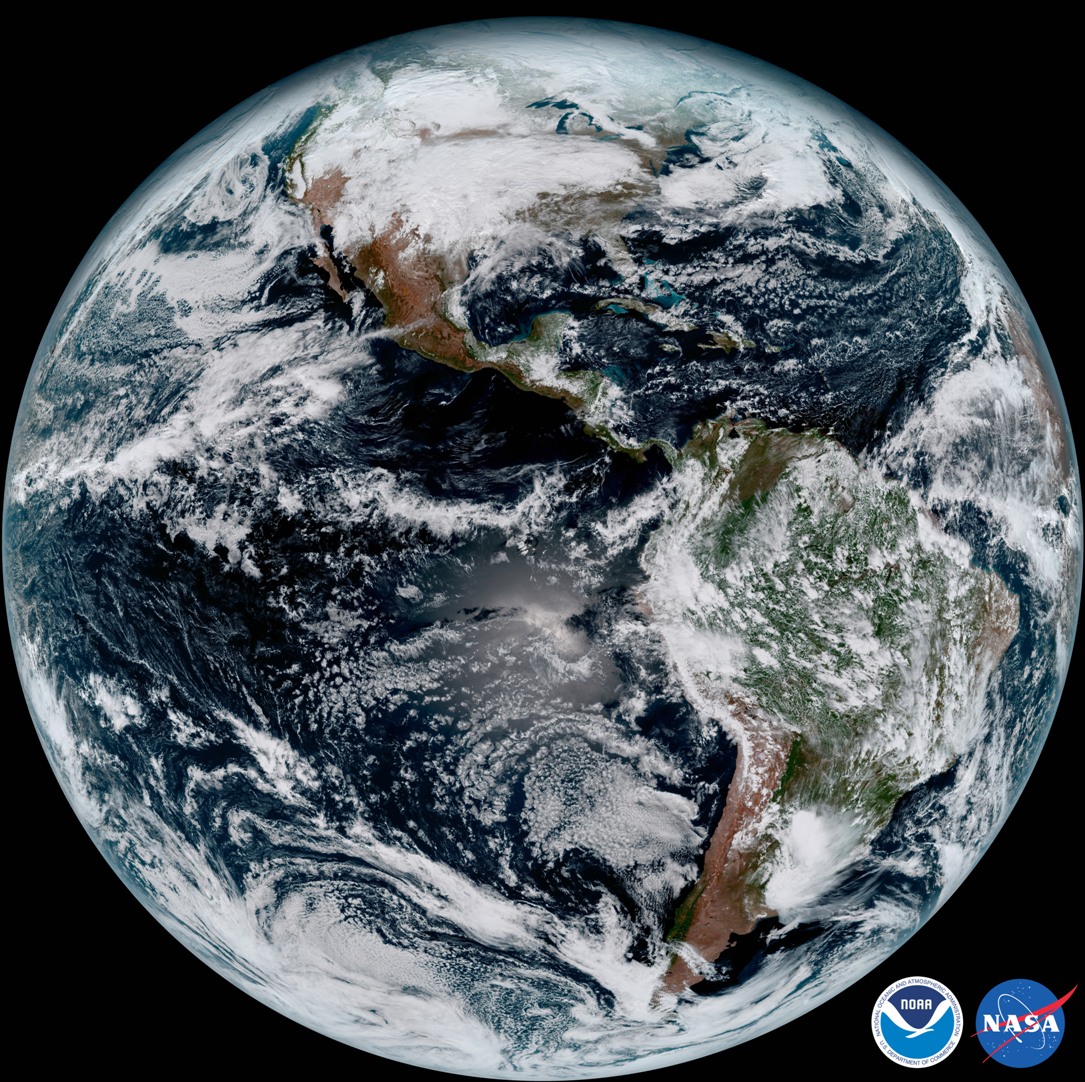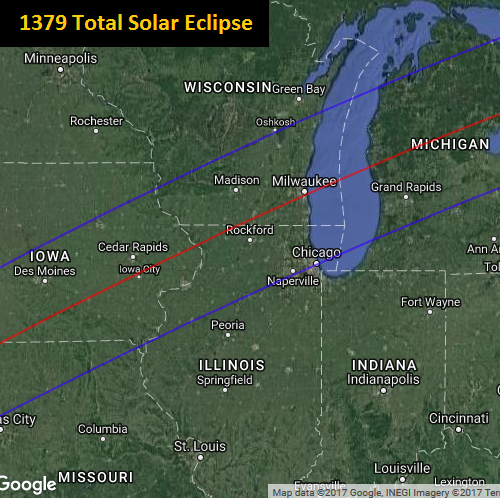Cosmic Curiosities
“Truth is ever to be found in simplicity, and not in the multiplicity and confusion of things.”
~ Sir Isaac Newton 1642-1727
Time Travel
 As we take in the night sky, it is easy to believe that it's two-dimensional and we’re peering up at a big black bowl with diamonds painted haphazardly on the inside. The Greeks believed a great crystalline sphere of stars circled the Earth and the celestial globes in our science classrooms still portray the same view. That belief, however, is a cosmic deception.
As we take in the night sky, it is easy to believe that it's two-dimensional and we’re peering up at a big black bowl with diamonds painted haphazardly on the inside. The Greeks believed a great crystalline sphere of stars circled the Earth and the celestial globes in our science classrooms still portray the same view. That belief, however, is a cosmic deception.
Today, we know space is three dimensional and that the stars are actually an enormous distance from each other.
Light is so crazy fast that we experience it as instantaneous; I walk into my office, hit the switch and I’m immediately rewarded with light. There’s a “road sign” above my desk that reads “Speed Limit 186,000 MPS” (MPS being miles per second). It’s a fun way to express that nothing is faster than light.
Do you want to witness light’s finite speed? Step outside on a warm, clear February night, look south, and locate the brilliant stars in Orion, Taurus, and Canis Major. We view stars not as they are now, but as they were, so you’re looking back in time.
Light may be outrageously fast, but starlight has to travel trillions upon trillions of miles to reach our eyes. Spotting Sirius, at 8 light years away, means you are looking at Sirius in 2009. Observing Aldebaran’s red glow is a trip back to 1952. When you view Betelgeuse, you are seeing the light that left the giant red star in 1375.
Scientists bounce light off the Moon as one of the ways to prove this phenomenon. An aptly named project called APOLLO (Apache Point Observatory Lunar Laser-ranging Operation) shoots laser beams off the mirror Apollo astronauts left behind when they landed on the Moon. The light takes 1.3 seconds to reach the Moon and 1.3 seconds back, for a roundtrip total of 2.6 seconds. APOLLO measurements are very precise, measuring the Earth-Moon distance with an accuracy of a few millimeters.
Go GOES 16
 Earth! Experience our world in hyper HD thanks to the new GOES 16 satellite from NASA and NOAA. The pictures are stunning, the best ever of the full Earth. A new image is released every 15 minutes allowing western hemisphere meteorologists to track weather patterns much closer and make better predictions.
Earth! Experience our world in hyper HD thanks to the new GOES 16 satellite from NASA and NOAA. The pictures are stunning, the best ever of the full Earth. A new image is released every 15 minutes allowing western hemisphere meteorologists to track weather patterns much closer and make better predictions.
GOES stands for Geostationary Operational Environmental Satellite. Geostationary means the satellite is located in an orbit 22,236 miles above the equator and follows the direction of the Earth's rotation. As a result, it appears motionless to ground observers. For pictures and information visit GOES 16 at https://www.nesdis.noaa.gov/
Mars Rocks Purple and Opportunity Turns 13
Mars is still the red planet, but we’ve discovered it also has some purple rocks. NASA's Curiosity rover recently captured an exquisite photo of the Martian landscape and in the background is Mount Sharpe, the central peak within Gale crater that rises to 18,000 feet above the valley floor.
There are purple rocks are strewn across the foreground and planetary geologists say this color is due to hematite, an iron-oxide mineral. NASA believes that the variations in color hint at the diversity of the composition on lower Mount Sharp.
Opportunity, a rover that landed on Mars in January 2004, is still working strong. NASA just released a tongue-in-cheek video comparing the spacecraft to a typical teenager. In other words, the Opportunity stays up late and is independent. Explore more about this amazing robot at https://www.youtube.com/watch?v=Hci4Ob0YvrE
An Eclipse Enigma
 We promote that total solar eclipses are rare. America’s big total solar eclipse on August 21, 2017 is the first one on our mainland in 38 years and the first time totality will sweep across the entire U.S. since 1918 -- 99 years ago. Milwaukee had its last total eclipse on May 16, 1379, long before we gave it the name Milwaukee!
We promote that total solar eclipses are rare. America’s big total solar eclipse on August 21, 2017 is the first one on our mainland in 38 years and the first time totality will sweep across the entire U.S. since 1918 -- 99 years ago. Milwaukee had its last total eclipse on May 16, 1379, long before we gave it the name Milwaukee!
On the flip side, total solar eclipses happen about every 18 months somewhere on Earth. In March 2016, the Moon’s shadow swept across Indonesia and the Pacific Ocean. Chile and Argentina get two totalities in a row, one in July 2019 and another in December 2020. The U.S. will get another in April 2024, but Wisconsinites who don’t want to travel to view this once-in-a-lifetime, absolutely amazing sky sight will have to wait until September 2099.
On February 26, there will be an annular eclipse of the Sun across South America and Africa. An annular eclipse is when the Moon is directly in front of the Sun, but is too small to block its light completely and leaves an annulus, a thin Sun circle in the sky. Some call it the “ring of fire” eclipse.
Sky Sights
Venus and Mars still rule the February evening sky. Our celestial neighbors move closer together until February 5, when Venus, will swing back toward the Sun and disappear by mid-March. Mars, on the other hand, will dim a bit but stay visible until late June. Look for a crescent Moon shining above the planets on February 1-2.
For planet gazers who want a challenge, Uranus can be spotted for those with steady binoculars or a telescope. It can be glimpsed as a faint blue-green “star” just below Mars in late February.
Jupiter rises around 9:30 p.m. CST at month’s end but can still be seen in southwest pre-dawn sky. Bright Spica shines below the King Planet. Observe the Moon pass by from February 14-16.
Saturn clears the southeast horizon about 4:00 a.m. CST on February 1 and 2:30 p.m. CST on February 28. Saturn is such a slow-poke, taking 29.5 years to orbit the Sun, that it stays fairly close to the Antares in Scorpius. A crescent Moon shines nearby from February 19-21.
Mercury will be too difficult to see this month.
Star Map
 Download the February Star Map.
Download the February Star Map.
Sign Up
Send an e-mail to Planetarium Director Bob Bonadurer at bonadurer@mpm.edu and place 'subscribe' in the subject line to receive the Starry Messenger and monthly star map.
![]() Follow Bob on Twitter @MPMPlanetarium.
Follow Bob on Twitter @MPMPlanetarium.

